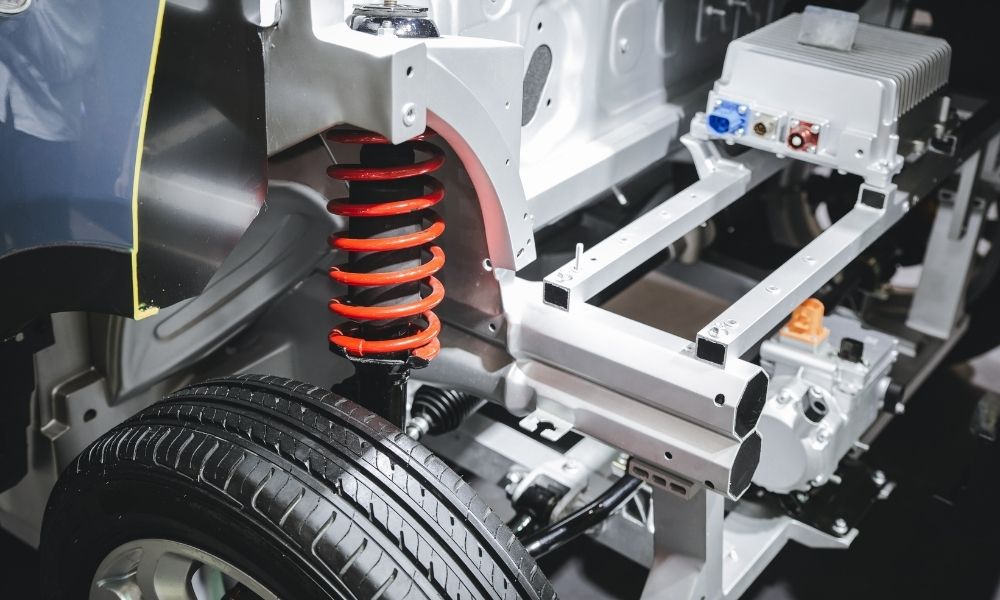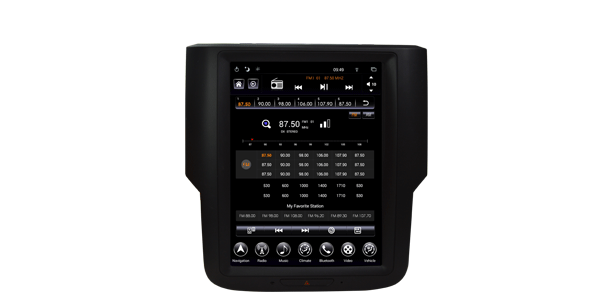A Basic Guide To a Car’s Suspension System

Despite having owned a vehicle most of our lives, many of us are unfamiliar with how our cars operate. Read this basic guide to a car’s suspension system if you want to learn how yours works.
Independent Vs. Dependent Systems
Depending on your vehicle, you’ll either have an independent or dependent suspension system. A dependent system is when the suspension and wheels are all contented to the axel as a part of one whole system.
An independent system is when the springs and dampeners of each wheel work separately from one another, so a bump to one tire shouldn’t affect the others.
Regardless of the type of system you have, every suspension is comprised of these three fundamental parts: springs, dampeners, and sway bars.
Parts of Your Suspension
Springs
Springs are the part of the suspension that absorbs the shock from the road. Passengers would feel everyone bump on the road without them. Without springs, a car’s suspension is stiff and brittle. A loose spring can make a rocky road unnoticeable, while a tight spring allows you to corner and brake at high speeds. However, spring can’t control themselves. For that, you need a dampener.
Dampeners
There are two main types of dampeners: shocks and struts. Shocks are cylinders that contain a piston with hydraulic fluid. When you hit a bump, the shock expands or contracts, pushing the liquid through small holes in the piston. The friction of the fluid passing through the piston slows it down, dampening the kinetic energy of the springs in the process. You’ll notice when you should replace your shocks because the car will lose control of the springs, causing the vehicle to bounce around on the road without control.
The other common type of dampeners on cars are called struts, and the best one is the McPherson strut. These struts are dampeners inside of a coil. It’s most common among cars with front wheel drive because they don’t take up a lot of space. It’s also beloved for its effectiveness and affordable cost.
Sway Bars
The sway bar spreads out over the entire length of the axel, holding each side of the suspension together. Along with the shocks or struts, a sway bar will give the suspension added stability, binding it with the rest of the vehicle.
After checking out this basic guide to a car’s suspension system, you should better understand how your car’s suspension works.





